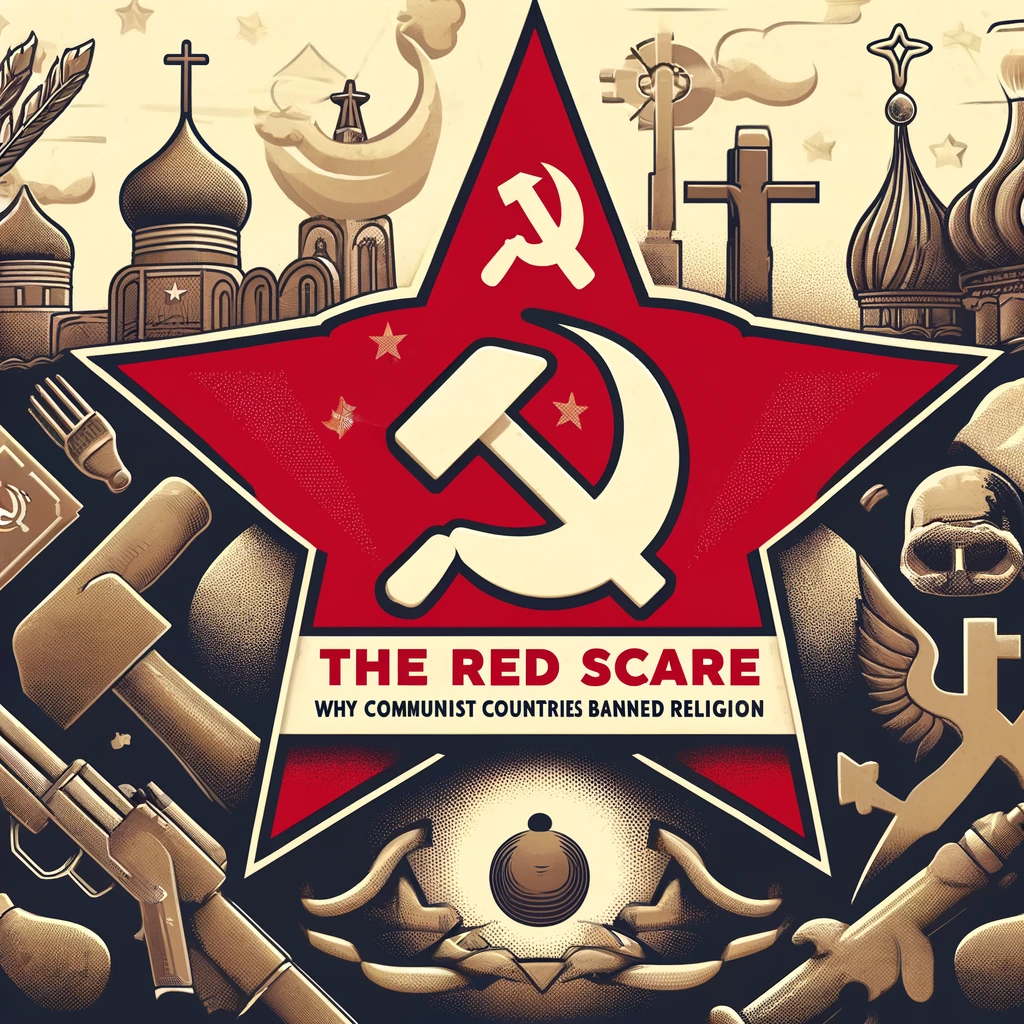[dc]I[/dc]t seems that communism and religion have never been comfortable bedfellows. From the dusty archives of Soviet Russia to the bustling streets of modern-day China, the story of religion under communist regimes is one of suppression, persecution, and a relentless pursuit to eradicate faith from public life. But why? What is it about religion that communist systems find so threatening?
At its core, communism seeks to establish a classless, stateless society where everyone is equal, and the means of production are owned collectively. This utopian vision, however, requires absolute loyalty to the state. Religion, with its competing allegiances and moral authorities, poses a direct challenge to this ideal.
Karl Marx, the intellectual father of communism, famously declared religion “the opium of the people.” For Marx, religion was a tool used by the bourgeoisie to keep the proletariat subdued, promising them a better life in the hereafter while exploiting them in the present. In the Marxist view, abolishing religion was essential to liberating the masses and creating a truly equitable society.
The Soviet Union offers a stark example of this anti-religious zeal. Following the Bolshevik Revolution of 1917, Lenin and his comrades launched a fierce campaign against the Russian Orthodox Church, which they saw as a bastion of the old Tsarist regime. Churches were destroyed, priests were imprisoned or executed, and religious practices were driven underground. While religion was never officially outlawed, the state made concerted efforts to reduce its influence. The League of the Militant Godless, an organization dedicated to promoting atheism, played a key role in these efforts, organizing anti-religious lectures, exhibitions, and even parades [Soviet anti-religious legislation].
China’s approach to religion has been equally harsh. The Chinese Communist Party (CCP), under the leadership of Mao Zedong, viewed religion as a relic of feudalism and a threat to socialist unity. During the Cultural Revolution (1966-1976), religious institutions were shuttered, religious leaders were persecuted, and public displays of faith were forbidden. Even today, the CCP maintains strict control over religious activities. Only state-sanctioned religious organizations are permitted, and any deviation from the party line is swiftly and severely punished [Religious Repression in China].
One might wonder why communist regimes continue to fear religion so intensely. The answer lies in the power of faith to mobilize people and inspire resistance. Religion offers a sense of community, purpose, and hope that can rival and even surpass the state’s ideological control. For a government that demands unwavering loyalty, this is intolerable.
In recent years, we’ve seen these dynamics play out in various forms. In North Korea, the regime enforces a near-total ban on religious practice, viewing it as a threat to the personality cult of the Kim family. In Vietnam, religious groups that refuse to register with the state face harassment and arrest [Communism, religion, and unhappiness].
Despite these efforts, religion has proven resilient. Underground churches thrive, clandestine gatherings persist, and faith continues to offer solace and strength to those living under oppressive regimes. The story of religion in communist countries is not just one of persecution but also one of enduring resistance and the unquenchable power of faith.

